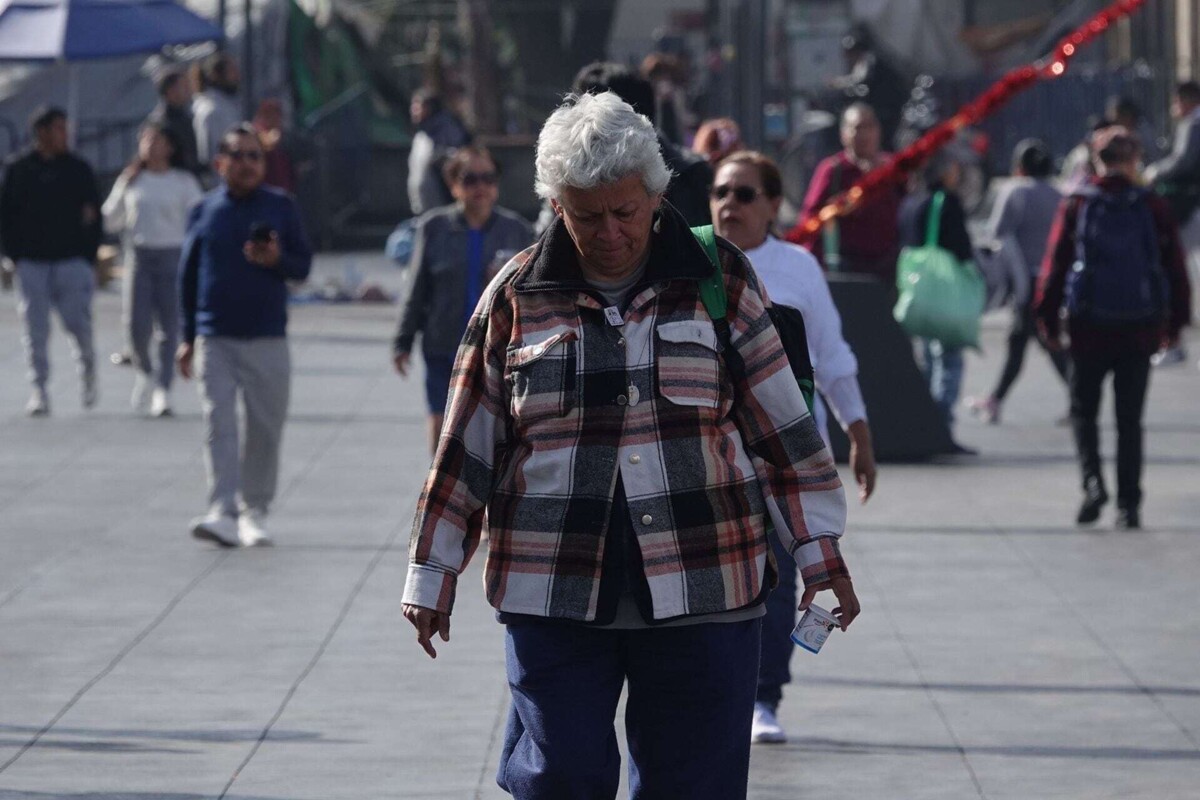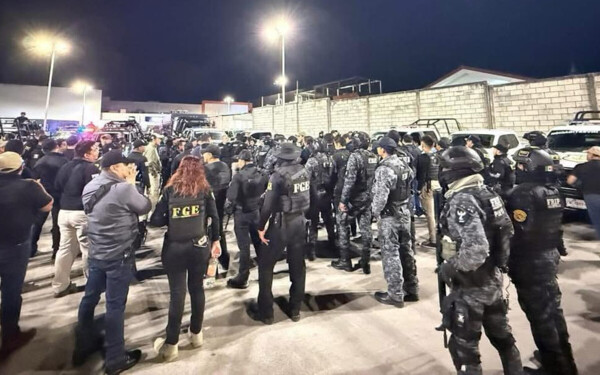
The National Meteorological Service (SMN) of the National Water Commission (Conagua) reported that a low-pressure system will extend over the Gulf of Mexico interacting with a low-pressure channel in southeastern Mexico. This will cause showers and rain in 16 states of the country. At the same time, an Arctic air mass associated with a cold front will cause a drop in temperatures in the northern, northeastern, and eastern regions of Mexico, maintaining a cold environment with temperatures as low as -10 degrees Celsius on Monday morning in states of the northwest and center of the country, with a warm atmosphere in the mountainous areas of Chihuahua and Durango.
Regarding specific conditions, the SMN detailed that the “North” event will accompany the low temperatures with wind gusts reaching 70 to 90 km/h in Veracruz, 60 to 80 km/h in Tamaulipas and the Isthmus and Gulf of Tehuantepec, and 40 to 60 km/h in Tabasco, Campeche, and Yucatán. Waves of 2 to 4 meters in height are also expected on the coasts of Tamaulipas, Veracruz, and in the Gulf of Tehuantepec.
Regarding expected temperatures, a cold environment is anticipated in 22 states on Monday, February 17. Minimum temperatures are expected to be -10 to -5 °C in mountainous areas of Chihuahua and Durango, -5 to 0 °C in states like Baja California, Sonora, Coahuila, Nuevo León, among others, and 0 to 5 degrees in areas of Baja California Sur, Sinaloa, Michoacán, among others.
On the other hand, states like Sinaloa, Jalisco, Michoacán, Guerrero, and others are expected to experience maximum temperatures between 35 and 40 degrees Celsius, while in other states like Sonora, Chihuahua, Coahuila, maximums between 30 and 35 °C are expected. Regarding precipitation, intervals of showers with heavy rains are predicted in several states of the country such as Veracruz, Oaxaca, Chiapas, Tabasco, among others, as well as isolated rains in San Luis Potosí and Michoacán.
The combination of cold front number 27 and the Arctic air mass will make Monday, February 17, a cold day in more than ten Mexican states, causing unusual temperatures for the season.













